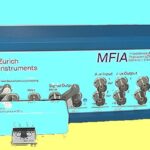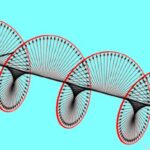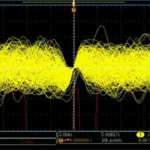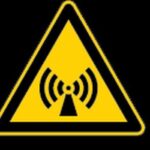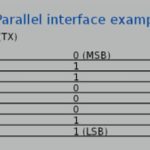Jitter–basically the deviation between true and measured periodicity–is harmful beyond a certain level. In measuring jitter, we are calculating RMS, peak-to-peak deviation or spectral density. Jitter at frequencies below 10 Hz is known as wander. High-frequency signals are more prone to jitter than low-frequency signals. The deviation in periodicity that constitutes jitter may be in […]
The difference between solar cells and LEDs
Perhaps thanks to YouTube, more people understand that light emitting diodes (LEDs) and solar cells may be thought of as mirror images of one another because the conversion of energy in each involves similar interactions of charge carriers. It’s easy to find YouTubers who have either created solar arrays from LEDs or rigged solar cells […]
The difference between impedance analyzers and network analyzers
At first glance, impedance analyzers and network analyzers seem to do the same thing: Describe the impedance of whatever is connected to their inputs. This statement is true as far as it goes, but as you might expect, there are significant differences between the two types of instruments. Here’s a review of the basics. There […]
Polarization isn’t just for sunglasses
In a vacuum or homogeneous medium, the oscillations of magnetic and electric fields are perpendicular to each other and perpendicular to the direction of energy propagation. James Clerk Maxwell concluded that the principle of symmetry should imply that a spatially varying electric field is always associated with a changing magnetic field, and vice versa. In […]
YouTube videos shed light on frequency and wavelength
Today, an advanced multimeter such as the Fluke 287 in volts mode accurately displays frequency. High frequencies are displayed in a bench-type frequency counter, which can read above 100 GHz. At still higher frequencies, measurements are made indirectly via heterodyning to down-convert the signal. Using a diode or similar device as a mixer, a frequency […]
Why do alternators output sine waves?
You often hear it said that motors and generators are the same thing–put electrical power into a motor and it generates mechanical torque. Turn the shaft of an electric motor and it generates electrical power. This statement is true theoretically. But motors and generators have different architectures. So you might wonder why there’s a difference. […]
The difference between TDR and spread-spectrum TDR
Most engineers are probably familiar with the basic idea of time-domain reflectometry (TDR): The time-domain reflectometer sends a signal, frequently a square wave or stepped pulse, into the medium under investigation (typically a cable) with the far end of the cable shunted, open or left connected at the receiver. The instrument measures the time elapsed […]
The difference between electronic distortion and noise
The concepts of distortion and noise in signal processing overlap to a limited extent, but they are distinct phenomena. Distortion in a signal is the alteration or change of the shape or some other characteristic of the waveform. In contrast, noise is an external random signal added to the original signal. It’s harder to remove […]
Can RF shock you?
Engineers know they’ll get a poke if they touch household ac wires. But RF current typically is not felt as electric shock because the frequency is too high to depolarize nerve membranes. However, RF current can cause both internal organ damage and surface radiation burns, so care must be taken to avoid high exposure. It’s […]
Whatever happened to parallel interfaces?
Back in the early days of desktop personal computers, parallel interfaces were the norm rather than the exception. The parallel moniker refers to the way the data is sent; parallel ports send multiple bits of data simultaneously, as opposed to serial communication where bits pass one-at-a-time typically over a single connection. The rationale for parallel […]


